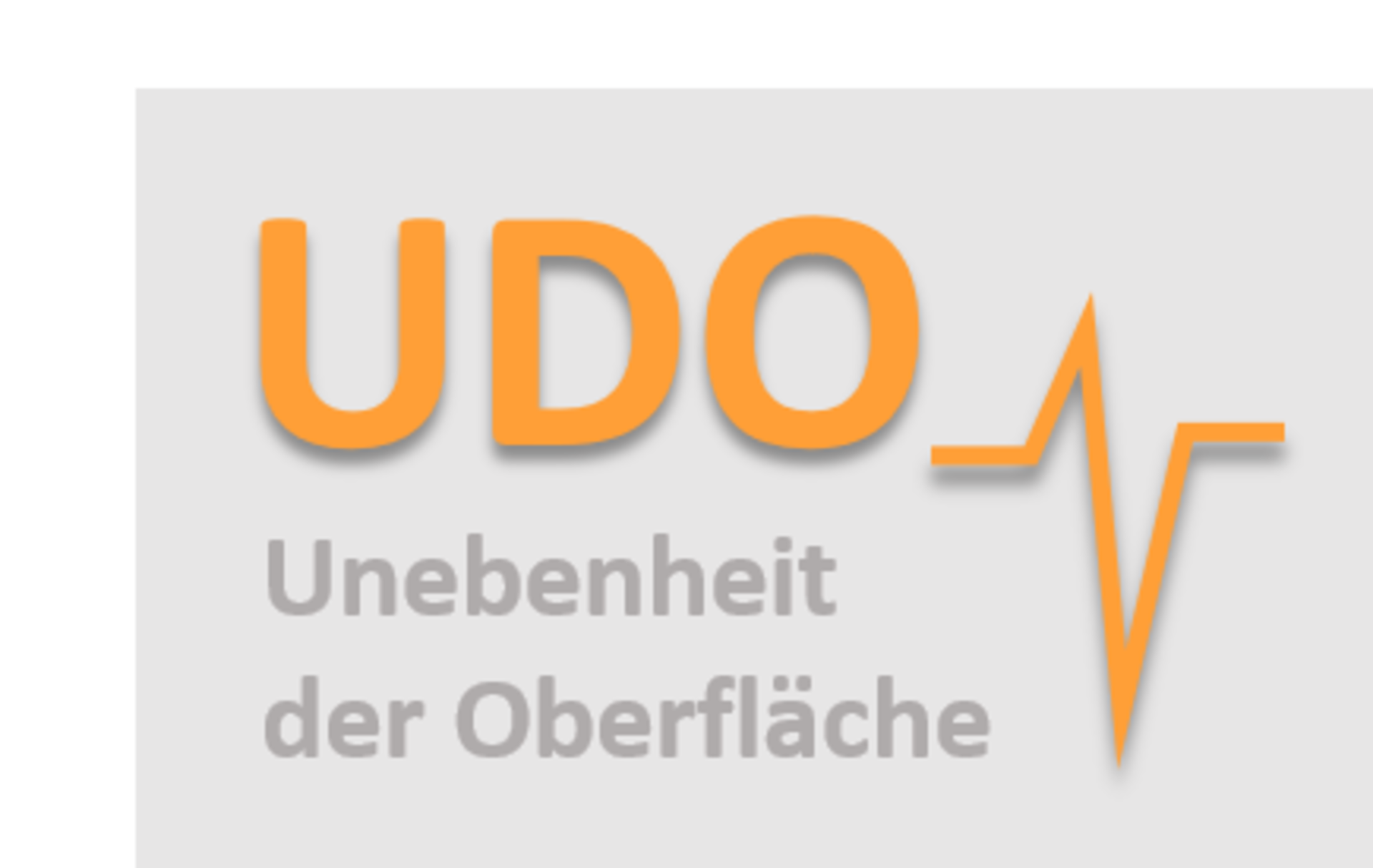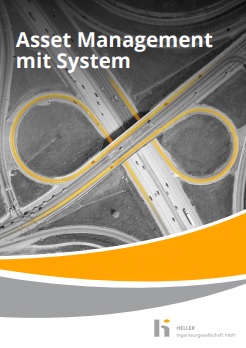UDO on the trail of needy roads

Up to now, the indicators rut depth and general unevenness have been recorded as part of the condition survey and assessment (ZEB). As is well known, however, these condition indicators very often do not reflect the reality as it would be necessary for planning the maintenance of substance or improving the quality of supply. This is particularly due to the fact that the longitudinal unevenness is only determined for a longitudinal section in the area of the right lane. Ruts represent only a part of the transverse unevenness and so far only signal a need for maintenance at very high values.
As part of a research project funded by the Federal Ministry of Economics and Energy (BMWi), HELLER Ingenieurgesellschaft mbH developed a new condition indicator that describes the (general) unevenness of the road surface in such a way that the road authorities can use it to plan renewal, maintenance and repair measures and specifically improve the network.
The raw data of subproject 1b regularly collected during the condition survey and assessment (ZEB) serve as input data. This means that the procedure can be applied to regular ZEB campaigns without major adjustments. The algorithm developed by HELLER evaluates the short-wave unevenness of the transverse profiles. Ruts or regular types of transverse profiles are extracted.
The new condition value UDO (unevenness of the surface) can be used for the detection of very uneven road sections or ones in great need of maintenance.
In addition, UDO allows the prioritization of predefined maintenance areas and the determination of suitable maintenance measures.


